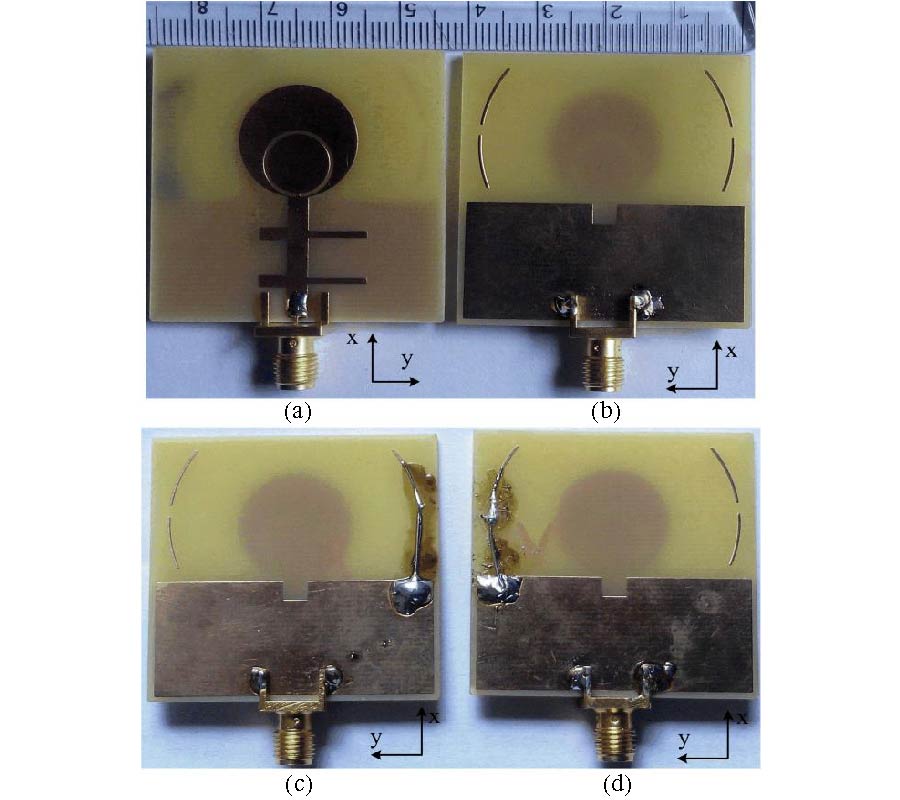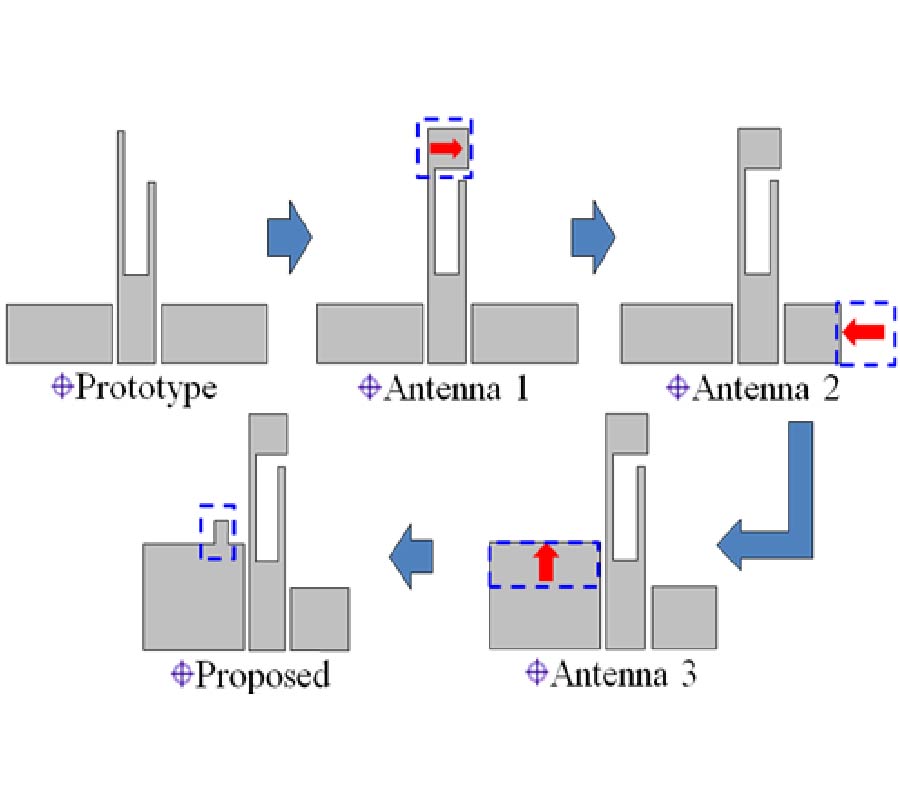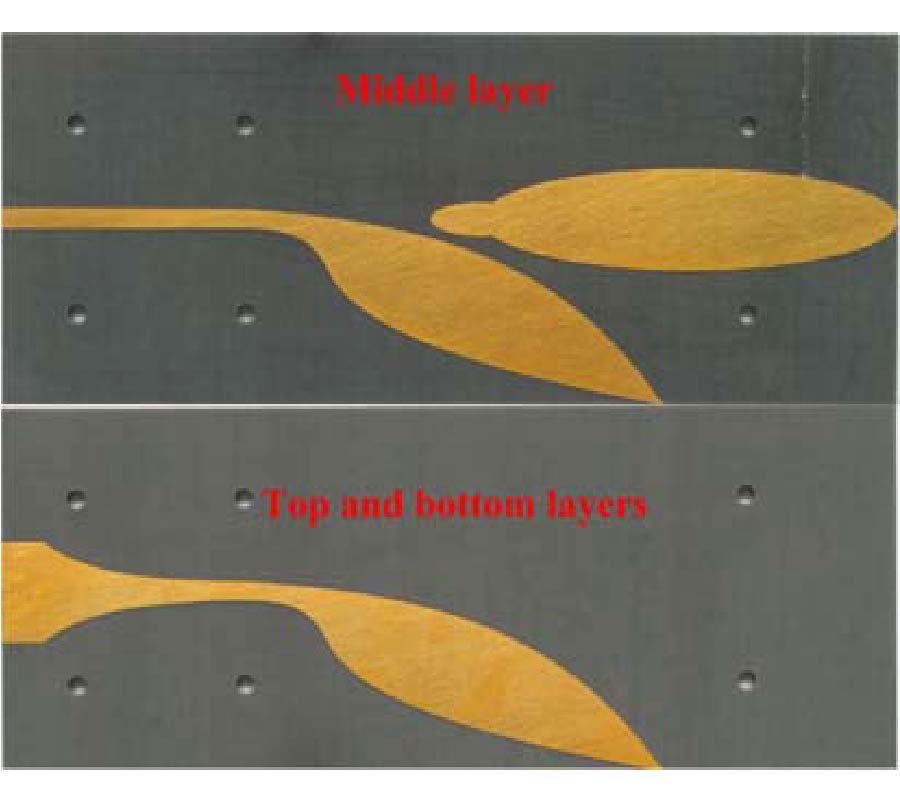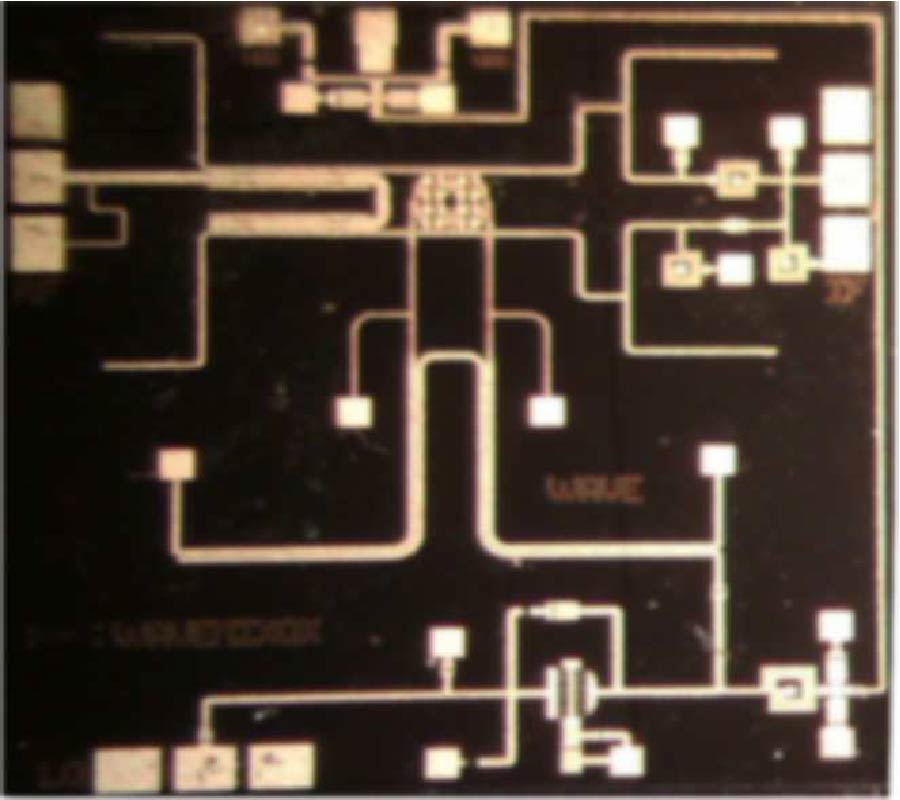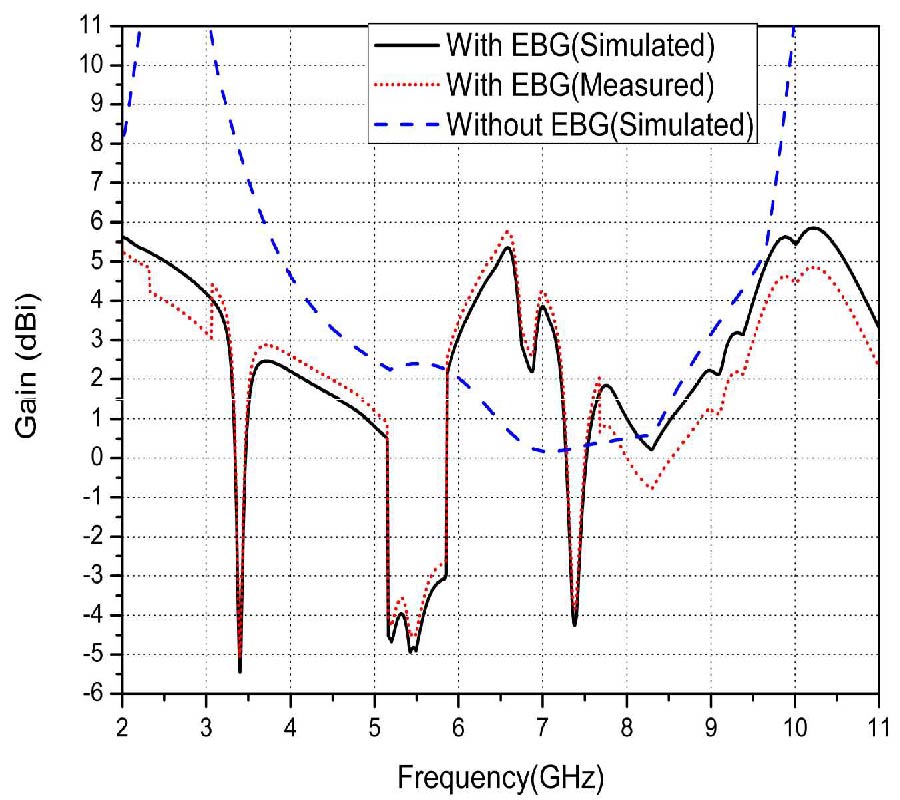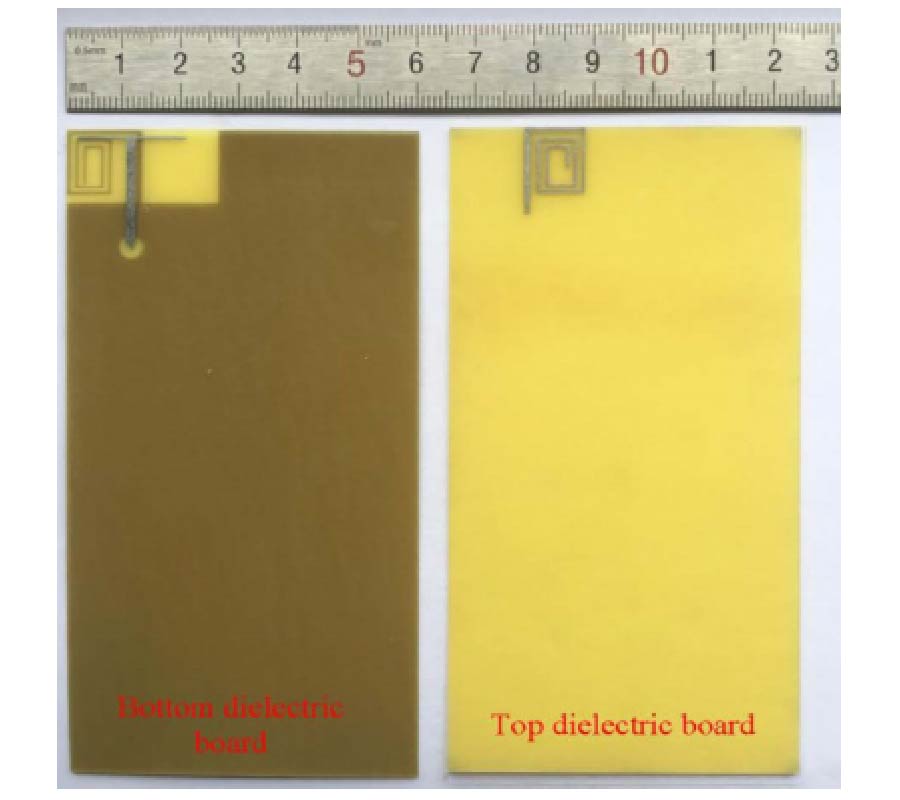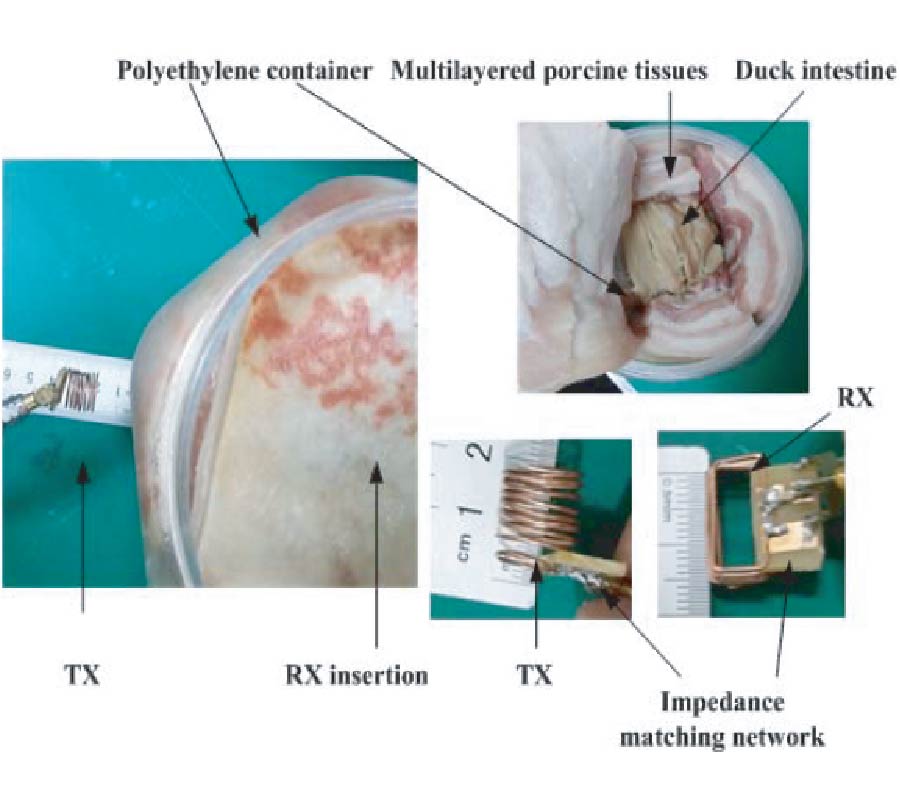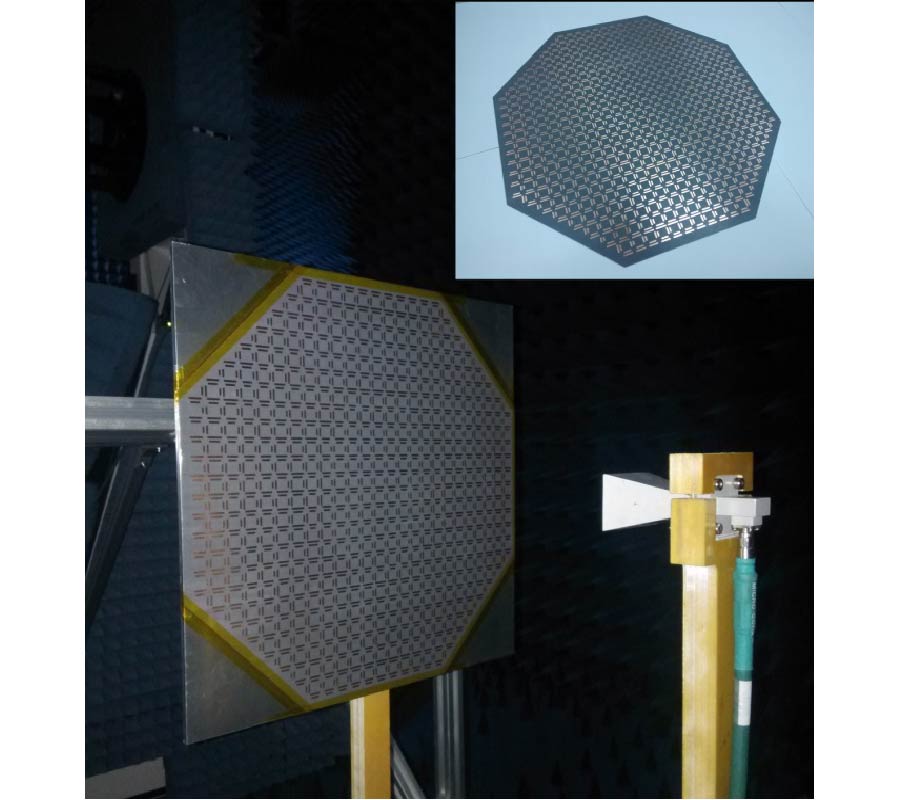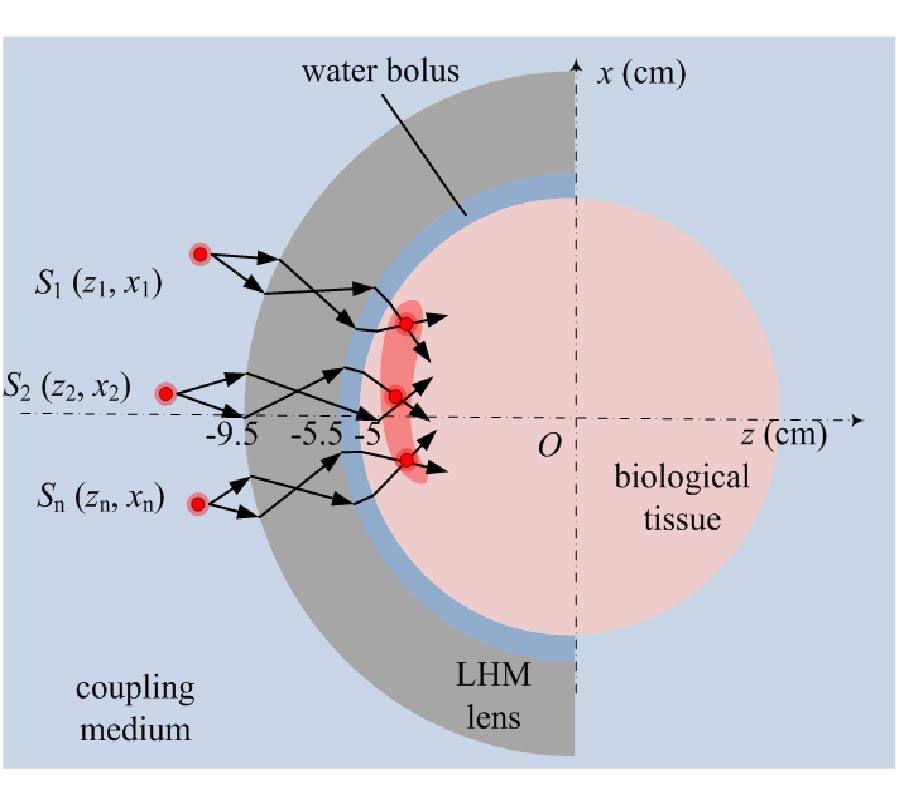Exploring Carbon Nanotubes/BaTiO3
/Fe3O4
Nanocomposites as Microwave Absorbers
Dzmitry Bychanok
,
Gleb Gorokhov
,
Darya Meisak
,
Artyom Plyushch
,
Polina Kuzhir
,
Alexey Sokal
,
Konstantin Lapko
,
Angela Sanchez-Sanchez
,
Vanessa Fierro
,
Alain Celzard
,
Cameron Gallagher
,
Alastair P. Hibbins
,
Feodor Y. Ogrin
and
Christian Brosseau
We report the modelling and characterization of microwave absorbing materials specially designed for 26-37 GHz frequency range (Ka-band). Composite materials based on carbon nanotubes/BaTiO3/Fe3O4 in a phosphate ceramic matrix were produced, and their electromagnetic response was investigated. Both theoretical and experimental results demonstrate that this material can absorb up to 100% of the power of an incident plane wave at a normal incidence angle. The physics underlying such absorption level is discussed in terms of refractive index of the material.

